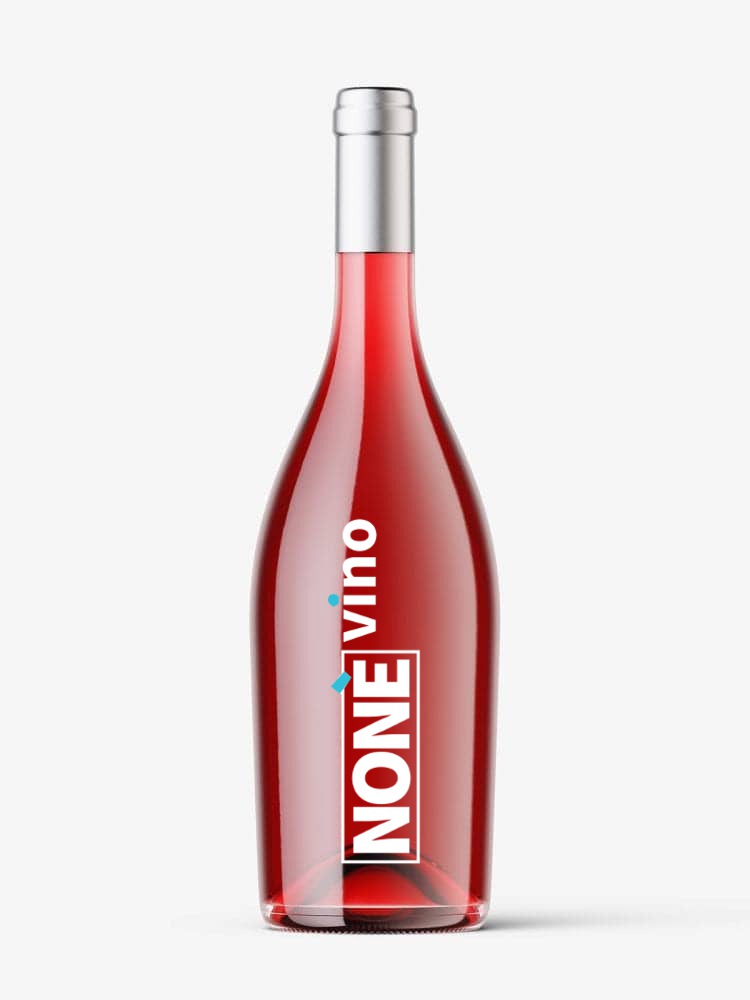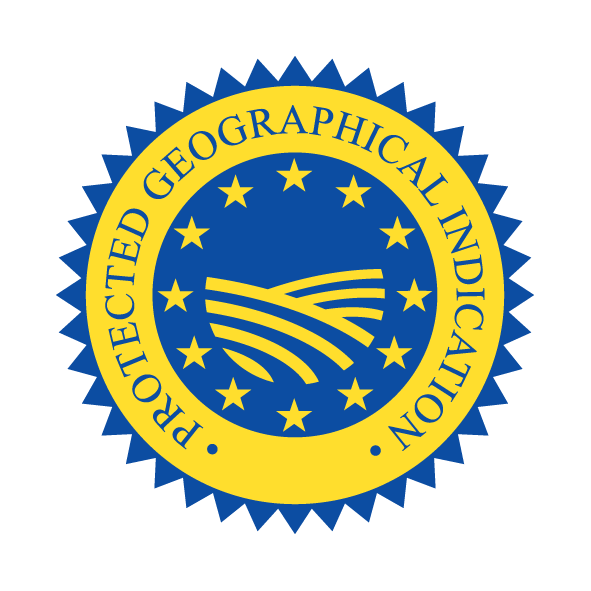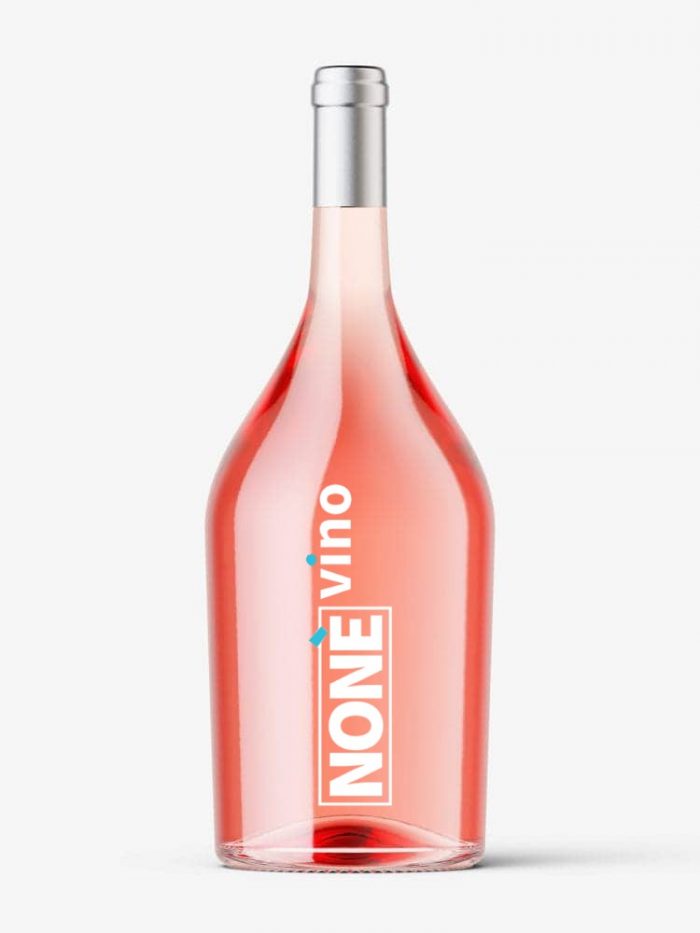During the vinification phases, only loyal and constant oenological practices of the area are allowed, suitable to give the wines their particular quality characteristics.
The winemaking practices of central Emilia IGT wine, among other things, which:
– The maximum yield of grapes in finished wine, ready for consumption, must not exceed 80%.
I- GT Emilia wines can also be subjected to a period of aging in wooden containers.
Of fundamental importance are the human factors linked to the production area, which thanks to a consolidated tradition have contributed to obtaining the “Emilia” wine. The Emilian vineyard boasts very ancient origins, having found grape seeds dating back to the Iron Age period in various terramaric stations in the area.
Lambrusco are the oldest vines in the region, certainly of Etruscan origin and in any case genetically closer to the wild vine, from which the Paleoligurians, the Etruscans, the Romans were planted on the delimited territory, also influenced by the presence of Celtic peoples.
The diffusion of the arbustum gallicum, a form married to live guardians, higher and suitable for fertile lowland environments, and the vinea characatae, a low-growing form of Greek origin, suitable for hilly areas, are due to the different influences. Subsequently, several Roman authors cite and praise the spread of Emilian viticulture that thrives and produces good wines. The development of viticulture continued during the Middle Ages thanks to the industriousness of the villagers and rural monks of the area.
Pier de Crescenzi in 1300, reports about thirty varieties of vines and wines, produced in Emilia, from the plains to the mountains, including Trebbiano, Pignoletto (“Pignuolo”) and Lambrusco. The historical testimony of how viticulture and related enological products have developed since the fourteenth century from the lowest lands of the plains to the highest hill is interesting, as Pier de Crescenzi mentions: “And it is from another spice, which it is called duracla, which is very black and has long grains, and makes very black and good wine in humid and watery lands, but neither mountains nor in dry places does not rejoice: and this above all other spices is elected in Ferrara : and it is another spice, which is called gmaresta, and it is not very black and has a long grain, and indeed loses its maturity all the leaves, and in taste
it is sour and sorrel, mid-fruitful, and makes rare and excellent and well served wine.
And this grape is handled neither by birds, nor by dogs, nor by men willingly: and much of this is found in the parts of the mountains of Bologna. ” The fame of Emilian wines then spread over the centuries, both in the production of sparkling wines, still wines, reds and whites and also for liqueur or passito wines, as emerges from various international wine exhibitions (for example National catalog of the Italian exhibition of 1861), up to a formalization with the birth of the designations of origin.
In 1925, Norberto Marzotto built an interesting list of grapes grown in the various provinces of Emilia which included all the varieties of the types specified in Article 2, including some very local such as Spergola, Moscato, Fogarina and Termarina; no international varieties are mentioned, not considered by the author, but equally widespread in the area. At the beginning of the fifties, the viticulture of the area regained momentum and economic vitality thanks to the consistent and significant commercial results that made possible a wide diffusion of the “Emilia” IGT wines, in particular those combined with the “Lambrusco”, “Malvasia”, ” Pignoletto ”,“ Trebbiano ”.
In 1967, three controlled designations of origin were approved in the territory in question, reaching ten in the following decade, confirming the area’s high wine vocation. On 18-11-1995 the ministerial decree approved the constitution of the IGT “Emilia” or “Dell’Emilia” and other IGTs whose borders fall in part or completely within the broader indication “Emilia”.
The overall viticultural potential of the delimited area is high, with 32,427 hectares of vines present in 2000 (Istat). The production of “Emilia” IGT wine produced by these vineyards has always been important over the years.
In 2009 (ISMEA-Mipaaf Observatory), with a grape production of 1.3 million quintals, obtained from about 6,300 hectares, it established itself as the third most important national geographical indication. Red wines predominate over whites.







